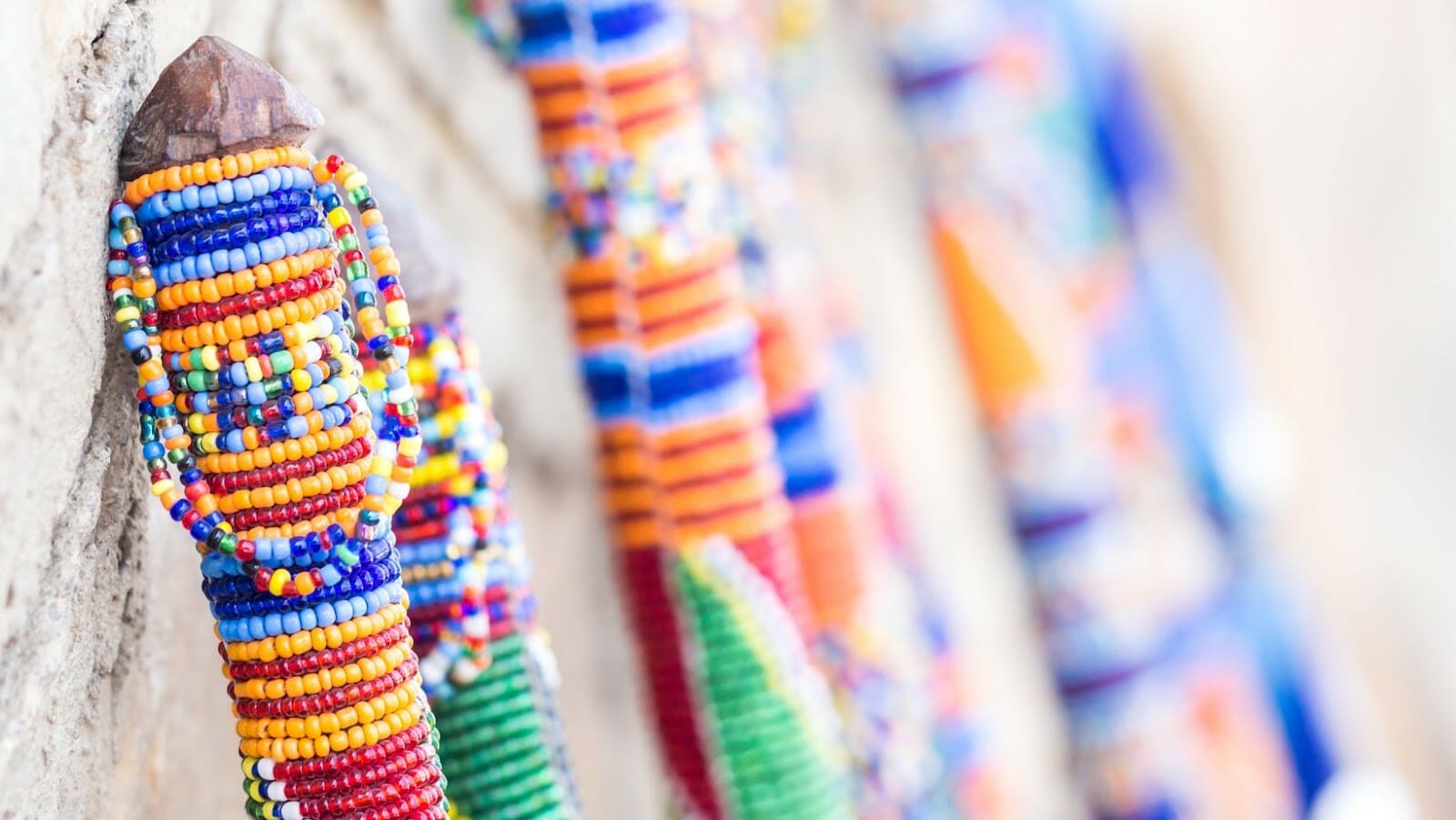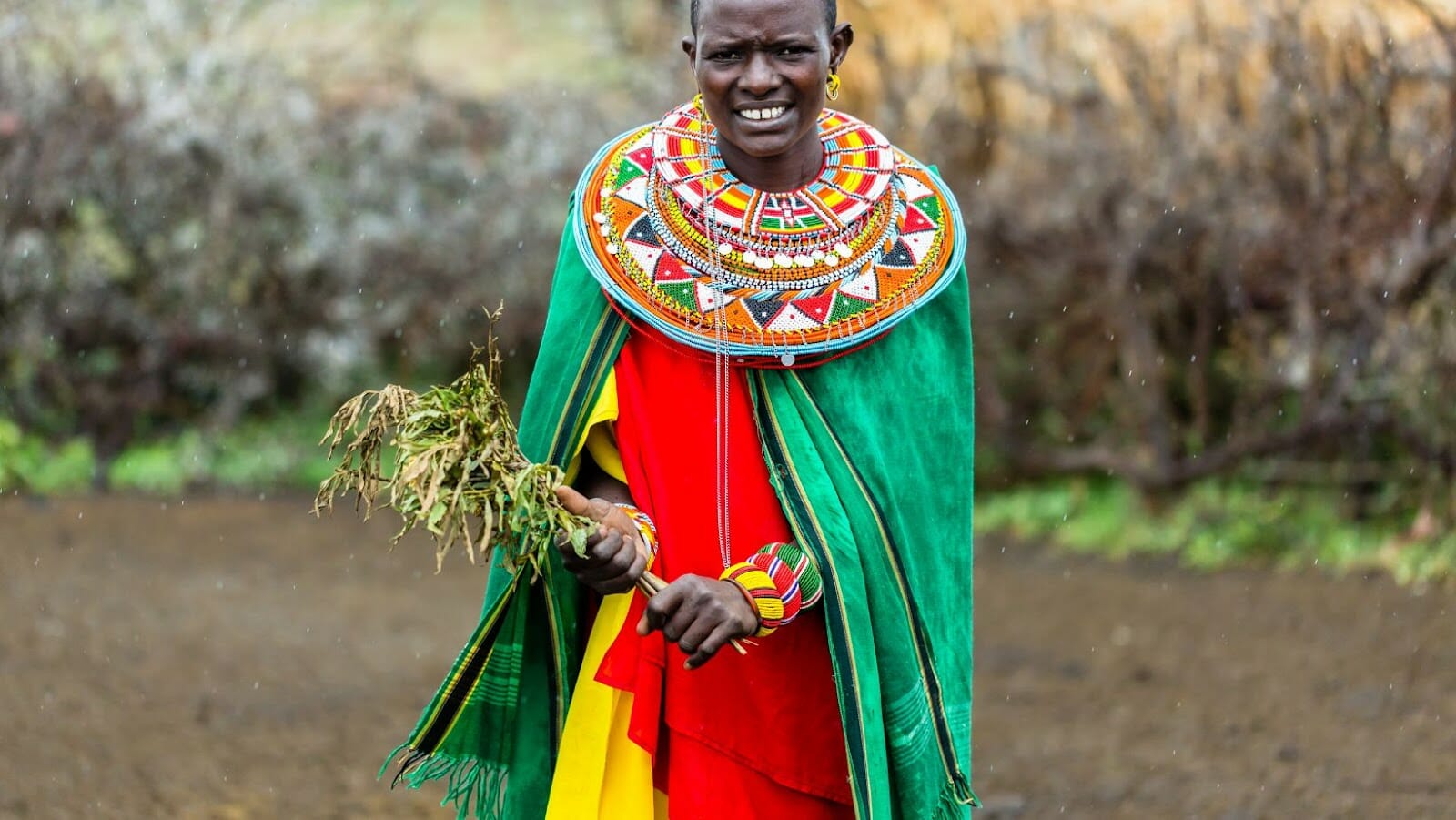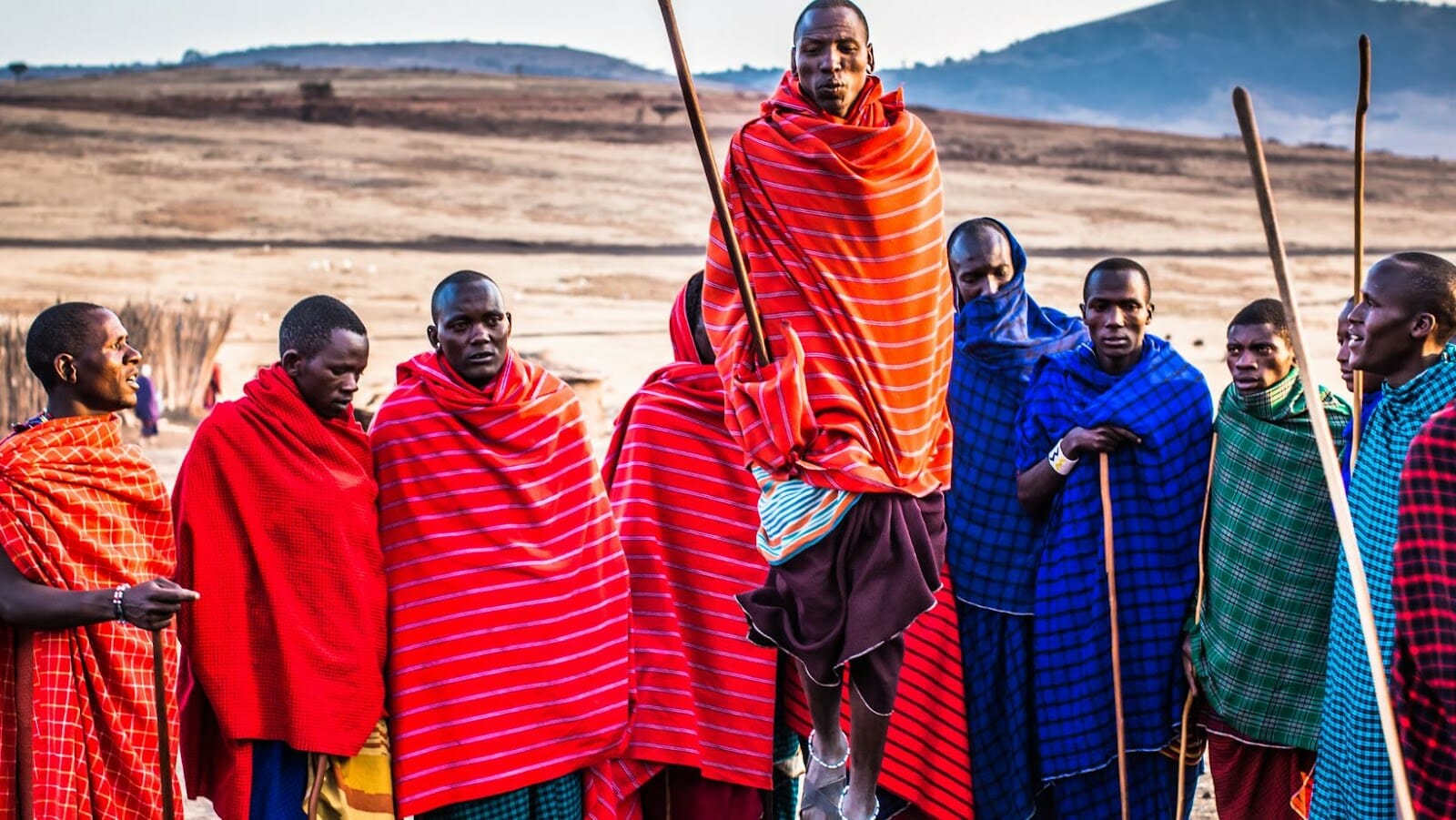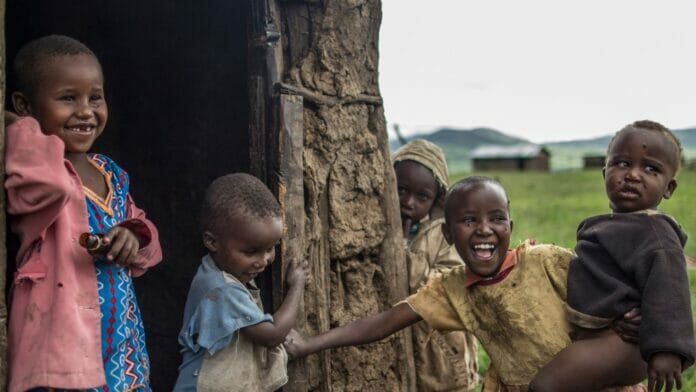The Maasai community is known for their strong efforts in preserving their culture and traditions despite the increasing modernization and urbanisation in their region. These efforts include various initiatives that aim to safeguard their way of life and their ancestral knowledge.
One of the most notable initiatives is the establishment of community-led conservancies that are managed and run by Maasai tribespeople. These conservancies aim to protect the local wildlife and ecosystems while also providing livelihood opportunities for the Maasai people.
Additionally, the Maasai have developed various cultural tourism programs that allow visitors to learn about their traditions and way of life first-hand. These programs have helped to raise awareness about the Maasai culture and have also provided economic opportunities for the community.
Through these and other efforts, the Maasai have successfully preserved their culture and traditions while also adapting to the modern world.
The Beginnings of the Maasai
The Maasai is an African ethnic group based in Southern Kenya and Northern Tanzania that is in danger of losing its culture and traditions due to the pressures of development and modernization.
“The Beginnings of the Maasai” is a short story about a Maasai warrior who is determined to preserve their cultural identity in the face of this threat. It follows his journey as he finds innovative ways to prevent the loss of the Maasai’s customs and heritage. In this article, we will delve deeper into the resolution of the conflict at the end of the story and how the Maasai manage to preserve their culture and traditions.
Which Best Summarizes the Resolution of the Conflict at the End of “The Beginnings of the Maasai”?
Maasai people are a tribe with a rich history, unique culture, and distinct traditions. Understanding their culture and traditions require a deep dive into their beginnings and their current efforts to preserve them.
The Maasai people originated from the Nile Valley and migrated south through Uganda, before settling in East Africa. They are known for their nomadic lifestyle, pastoralism, and cattle herding.
The Maasai have made significant efforts to preserve their culture and traditions in the face of modernization and external influences. They have resisted calls to abandon their traditional dress, beadwork, and cattle herding practices, and instead, they embrace them as part of their identity.
Maasai people also have unique rites of passage for both boys and girls, which include circumcision and female genital mutilation. However, as a result of advocacy and sensitization campaigns, these practices are slowly being phased out, and alternative rituals are being embraced.
Understanding the Maasai culture and traditions offers invaluable insights into the importance of embracing and celebrating diversity in the world.

Maasai people’s initial conflicts and land disputes
The Maasai people have faced many initial conflicts and land disputes throughout their history, which has threatened their traditional way of life and cultural identity.
In the early years of their existence, the Maasai had conflicts with neighbouring tribes over land and resources. They were fierce warriors and often engaged in violent conflicts to protect their herds and territories.
However, with the arrival of colonial powers in Africa, the Maasai were forced off much of their land and onto reservations, causing further tensions and conflicts.
In modern times, the Maasai people continue to face challenges to their way of life, such as pressure to adopt modern agricultural practices and assimilate into mainstream society. Despite these challenges, the Maasai have made efforts to preserve their culture and traditions through education and tourism, offering a glimpse into their unique way of life and customs.
Pro Tip: When visiting Maasai communities or their lands, it is important to respect their customs, traditions, and way of life, and to ask permission before taking photos or entering their homes.
Examination of the resolution to the conflict
The examination of the resolution to the conflict between the Maasai’s efforts to preserve their culture and traditions and the forces of modernity that threaten their way of life is a complex issue.
On one hand, the Maasai have a rich cultural heritage that dates back many centuries and is worth preserving. On the other hand, the forces of modernity, such as urbanisation and globalisation, have brought many benefits to the Maasai, such as access to education and better health care.
One possible resolution to this conflict is to find a way to balance the preservation of Maasai traditions with the benefits of modernity. This could involve initiatives to promote traditional Maasai practices, such as eco-tourism and cultural exchange programs, as well as efforts to provide the Maasai with access to modern amenities without compromising their way of life.
It is important to approach this issue with sensitivity, respect, and a willingness to listen to the perspectives of all parties involved, in order to find a resolution that honours the Maasai’s cultural legacy while embracing the opportunities of the future.
Preservation of Maasai Culture and Traditions
The Maasai have a unique and vibrant culture that has been a source of pride for their people for many generations. They have a deep connection to the land, and have worked hard for centuries to preserve their culture and traditions, even in the face of tremendous pressure to conform to the culture and values of the colonisers.
The story of the Maasai people is one of tremendous resilience and perseverance, and the resolution of the conflict at the end of the story is one of mutual understanding and respect between two different cultures.
Let’s take a look at how the Maasai have worked to protect their culture and traditions.
Efforts to preserve Maasai culture and traditions
The Maasai people, one of the most well-known ethnic groups in Africa, have made great efforts in recent years to preserve their culture and traditions.
One example of these efforts is the formation of Maasai cultural centres where tourists can learn about Maasai culture through music, dance, and storytelling. These centres help to promote understanding and appreciation of Maasai customs and beliefs.
In addition, the Maasai have established community-owned conservancies to protect and conserve their land and wildlife. These conservancies also help to preserve Maasai culture and provide jobs and revenue for the Maasai people.
The Maasai have also worked to preserve their ancient nomadic way of life, which involves herding livestock across vast areas of land. They have done this by negotiating with governments to allow them to continue to access grazing lands and by collaborating with conservation organisations to protect wildlife while preserving their traditional grazing areas.
The commitment of the Maasai to preserving their culture and way of life serves as an inspiration to all those who value the importance of cultural diversity in our world.

The role of Maasai cultural institutions in preserving traditions
The Maasai are a pastoralist community that has maintained their culture and traditions for centuries. A significant factor in the preservation of Maasai culture is the role of cultural institutions.
The Maasai have several cultural institutions, including age sets, age grades, and Moran system, which play important roles in preserving their rich heritage. These institutions transmit cultural knowledge, customs, and beliefs from one generation to the next through rites of passage and various ceremonies.
The age-set system, for example, groups individuals born within a given time frame and trains them in specific aspects of Maasai culture, including dancing, singing, and hunting. The age grades likewise pass on cultural and moral values, discipline, and survival skills. The Moran system, particularly, is a form of warrior class that is responsible for protecting Maasai culture and traditions through rituals, livestock herding, and communal responsibilities.
Together, these cultural institutions have been essential for preserving the Maasai way of life and providing a sense of identity and belonging for the Maasai people.
How Maasai culture is being sustained and passed onto future generations
Maasai culture and traditions are being sustained and passed on to future generations through a combination of community efforts and government policies.
The Maasai people have implemented several programs to preserve their cultural heritage. These include the establishment of museums and cultural centres and the promotion of traditional practices such as beadwork, music, and dance.
Additionally, the Kenyan government recognizes and protects the rights of indigenous peoples, including the Maasai, to practise their cultures and traditions. This has resulted in policies that support and promote indigenous land rights and education.
Through these initiatives, the Maasai people are able to maintain their unique way of life while also adapting to the modern world. By preserving their culture and traditions, they can pass on their knowledge and traditions to future generations and contribute to the diversity and richness of the world’s cultural heritage.
Challenges Faced by Maasai People in Preserving their Culture
The challenges facing the Maasai people in preserving their culture and traditions have been immense. Their nomadic way of life, their traditions, and their language are all threatened by outside forces.
In “The Beginnings of the Maasai,” the challenges that the Maasai face in maintaining their culture and traditions are explored. Through the story of two Maasai brothers, the conflict between modernity and tradition is brought to light.
Let’s dive further into the challenges faced by the Maasai as they strive to preserve their culture and traditions.
Threats to Maasai culture and traditions
The Maasai people have been facing numerous challenges in preserving their rich culture and traditions. Some of the major threats to their way of life include land loss, education, and cultural assimilation.
| Land loss: | The encroachment of modern society has resulted in the loss of Maasai land, which is their primary source of food and livelihood. As a result, many Maasai people have had to abandon their traditional pastoral lifestyles. |
| Education: | Many Maasai children do not have access to formal education, which is essential for preserving their culture and traditions. The lack of education makes it difficult for young Maasai people to understand the importance of their cultural practices and values. |
| Cultural assimilation: | The influence of modern culture has led to the erosion of Maasai culture and traditions. Many young Maasai people are turning away from their traditional way of life in favour of modern lifestyles. |
Despite these threats, the Maasai people are making efforts to preserve their culture and traditions. They have established cultural centres and community-based organisations that focus on preserving their way of life. The Maasai are also using tourism as a tool for preserving their culture while also generating income. Pro tip: If you are ever in Maasai territory, take the time to learn and appreciate their culture and traditions through cultural experiences, village visits, and homestays.

Environmental and socio-economic challenges to the Maasai way of life
The Maasai, a semi-nomadic tribe in East Africa, face various environmental and socio-economic challenges that threaten their traditional way of life and culture. These include climate change, land degradation, wildlife conservation policies, political instability, and globalisation.
Climate change has reduced the availability of pasture and water for their livestock, which is the basis of their livelihood. Moreover, droughts, floods, and extreme weather conditions have led to crop failures and food shortages.
The Maasai’s traditional lands are often appropriated by governments, private companies, or conservation organisations, undermining their control over their resources and their ability to sustain their livelihoods.
Despite these challenges, the Maasai have shown remarkable resilience and adaptability in preserving their culture and traditions. They have formed community-based organisations, such as conservancies and eco-tourism ventures, that enable them to earn income from their land and wildlife while maintaining their cultural practices. Additionally, they have established partnerships with NGOs and researchers to conserve biodiversity and mitigate climate change.
To preserve their culture, the Maasai also rely on oral traditions, storytelling, art, music, and dance, which transmit their knowledge, values, and identity to future generations.
Pro Tip: Supporting Maasai-owned businesses and conservation initiatives can help promote their cultural resilience and economic sustainability.
Effectiveness of governmental and non-governmental efforts to protect Maasai culture and traditions
There have been both governmental and non-governmental efforts to protect Maasai culture and traditions, but the effectiveness of these efforts has been limited by several challenges faced by the Maasai people.
On the governmental side, there have been policies aimed at preserving Maasai culture and traditions, such as the enactment of the National Museum and Heritage Act, which recognizes traditional Maasai cultural practices as part of Kenya’s heritage. However, implementation of these policies has been slow and inadequate.
Non-governmental organisations and community-based initiatives have also played a role in preserving Maasai culture and traditions. For example, Maasai-owned conservancies have been established to help protect Maasai land and wildlife, as well as promote ecotourism. However, these efforts have also faced challenges, such as a lack of funding and support.
Despite these obstacles, the Maasai people themselves have taken proactive steps towards preserving their culture and traditions. This includes the establishment of cultural centres and community-based organisations, as well as the revival of traditional practices like beadwork and singing. By actively engaging in efforts to protect their heritage, the Maasai have demonstrated a strong commitment to preserving their culture for future generations.
Pro tip: Supporting Maasai-owned businesses and cultural initiatives can be a great way to contribute to the preservation of Maasai culture and traditions.


